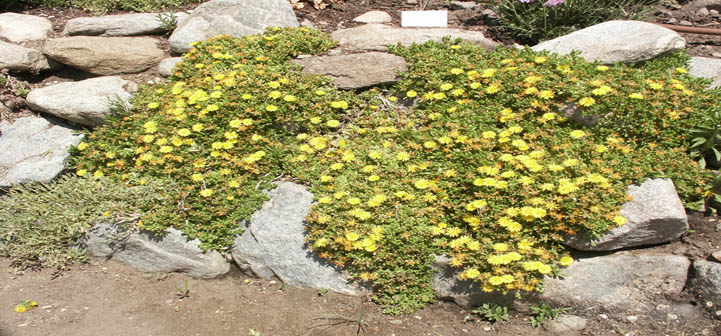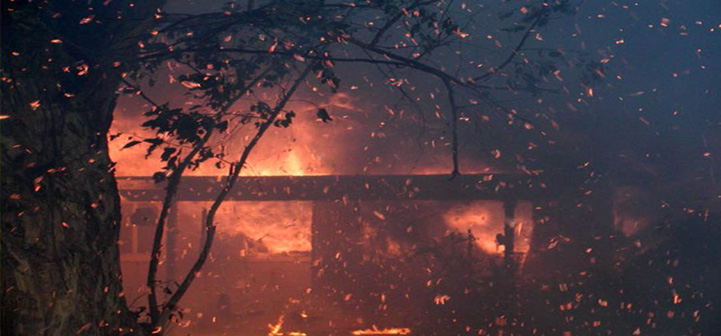Planning for evacuation and taking action ahead of time can reduce the stress. Pre-fire planning, including making a list of what to do and what to take with you, is the best way to minimize the potential stress of an evacuation. Some pre-fire evacuation tasks include: * taking a home inventory; * developing and discussing a disaster-response plan of your household that identifies planned actions, evacuation routes, emergency meeting locations, communication plans, and establishing a meeting place for family members; …
How are roof coverings classified in terms of fire ratings?
Fire ratings for roof coverings are either “Class A,” “Class B,” or “Class C,” based on passing a fire test standard. Class A is the highest rating (that is, the best performance) for classified roof coverings. Not all roof coverings have fire rating classifications. The tests within the standard address surface flame spread over the surface of the roof, fire penetrating through the covering and into the attic as result of exposure to exterior flames or burning brands or embers, …
What does a one-hour fire rating mean?
A “one-hour” fire rating is given to an assembly consisting of various building materials that can resist the exposure of a standardized fire exposure for one hour. It was developed to evaluate the performance of building elements during an intense fire exposure (for example, fire spreading from one apartment to another apartment sharing a common wall). This kind of rating can be applied to a wall, floor, or roof system. The test follows a standard procedure that specifies the rate …
Selecting Firewise Plants

Firewise Plant Characteristics
Firewise plants have a number of characteristics in common, but also can vary considerably. Below are some important points about these plants and their management.
- No plant is fireproof. All will burn in a very intense fire.
- Firewise plants all have one or more of these firewise characteristics:
- Tissues contain more moisture, especially during the fire season.
- Tissues contain low amounts of volatile oils and other readily flammable chemicals.
- Plants provide less fuel, either by producing less
Fire Ratings for Construction Materials
Article Written by:
Stephen L. Quarles, Senior Scientist, Insurance Institute for Business & Home Safety, Richburg, SC
Introduction
If you live in the wildland urban interface (WUI) you have probably heard or read about terms which describe materials that are recommended for use on your home to improve its chances of surviving a wildfire. These materials are described using terms like noncombustible, non-flammable, ignition resistant, Class A rated and fire-resistant – terms that describe the relative combustibility of materials. Sometimes …
Ed Smith

Ed Smith is currently employed by the University of Nevada Cooperative Extension and serves as the natural resource management specialist for western Nevada. Since 1988, much of his time has been spent addressing the issue of Nevadans living in high fire hazard areas. Twenty years ago, he helped establish the Neighbors for Defensible Space organization and created the Incline Village Defensible Space Program at Lake Tahoe. Currently, he is the coordinator of the Living With Fire Program, an interagency wildfire …
JoAnne Skelly

JoAnne Skelly is the Extension Educator with the University of Nevada Cooperative Extension (UNCE) for Carson City and Storey County. She joined UNCE in 1992 applying the organization’s mission of developing programs driven by community needs to improve the well being of people and their environment.
JoAnne’s areas of specialization include:
• Firescaping – Landscape Design for Defensible Space
• Integratede Pest Management
• Integrated Landscape Design
• Greenhouse Production for Non-Profits
• Volunteer Management
• Marketing for Non-Profits
• …
Mike Kuhns

Mike Kuhns, Professor and Extension Forester in the Department of Wildland Resources at Utah State University, promotes fire safety in landscapes. As an Extension forestry expert first in Nebraska and then in Utah, his work moved toward urban forestry, so focusing on landscaping around buildings was a natural topic because he understood the vegetation. Early on he was on a committee that popularized the term ‘firewise’ and developed research and education materials to help people maintain firewise landscapes.
Parts of …
Yvonne Barkley

Yvonne Barkley is the Associate Extension Forester at the University of Idaho and has been in her current position since 1990. She earned a B.S degree in Environmental Studies from Southern Illinois University, Carbondale, IL and a M.S. in Forest Resources and a partially completed a PhD in Forest Resources at the University of Idaho. Past experience includes working as an arborist and tree care specialist, a grower/supervisor in several commercial nursery operations, and as a research associate in forestry, …
Janean Creighton

Janean Creighton is an Associate Professor and Extension Specialist for the Oregon State University & USFS Pacific NW Partnership Project. She is currently the Administrative Director for the Northwest Fire Science Consortium. Janean’s position focuses on increasing the information delivery and technology transfer capabilities of fuels and fire researchers to managers and practitioners in the field, and integrating USFS Pacific NW Research Station wildfire and fuels research results into existing and emerging extension curricula, publications, and educational programs. Janean received …
